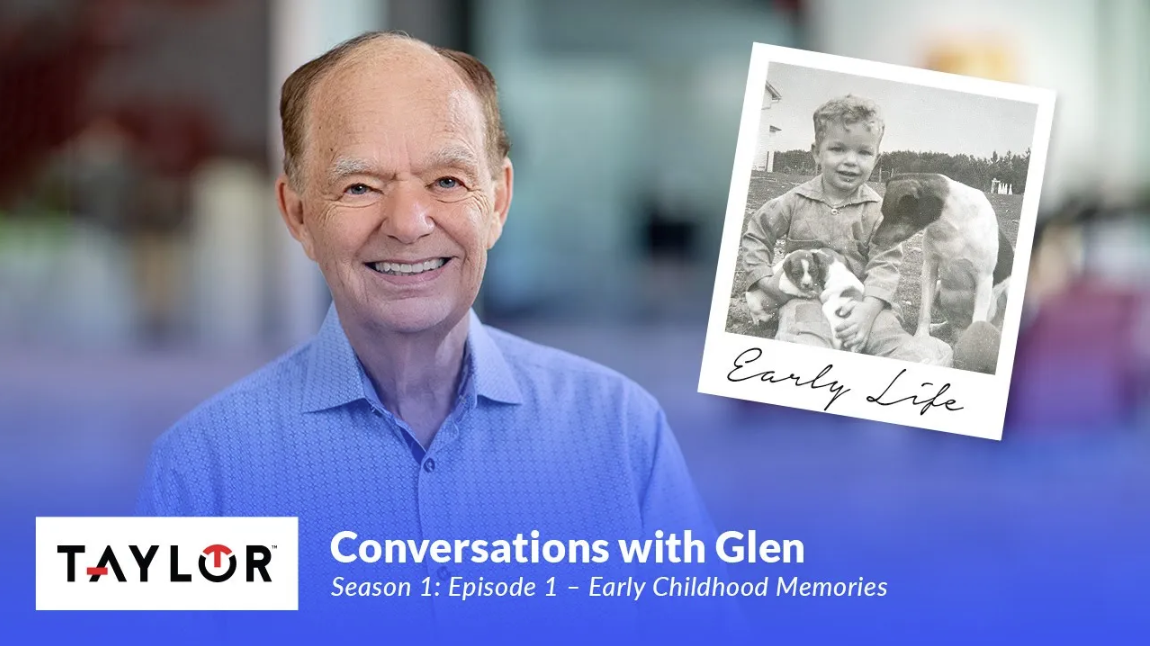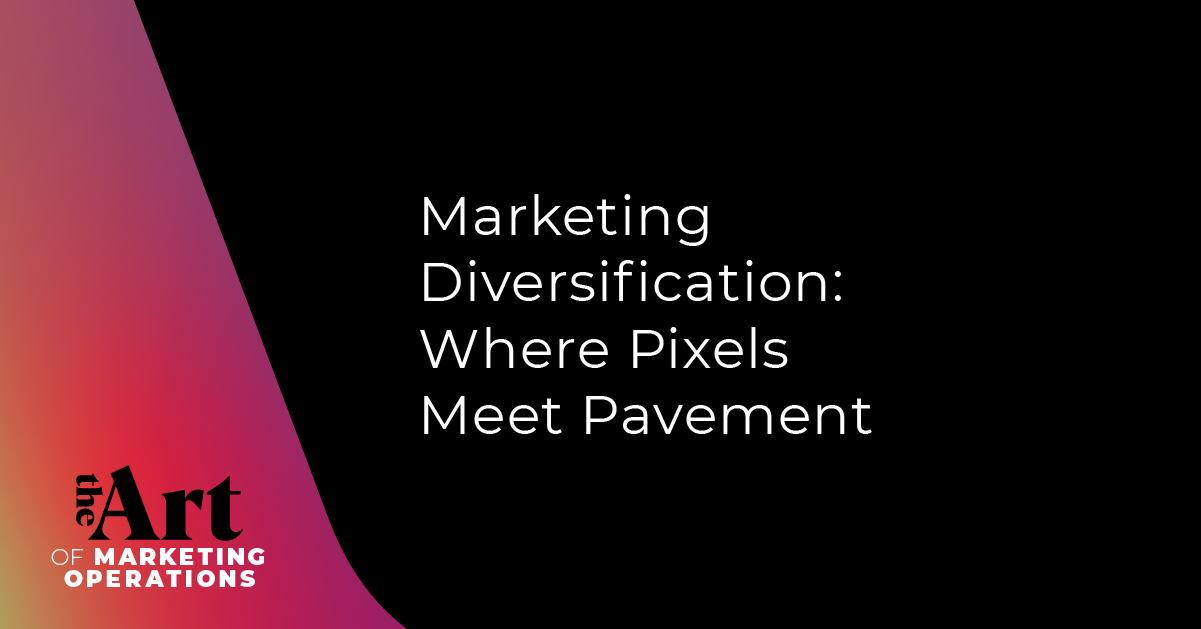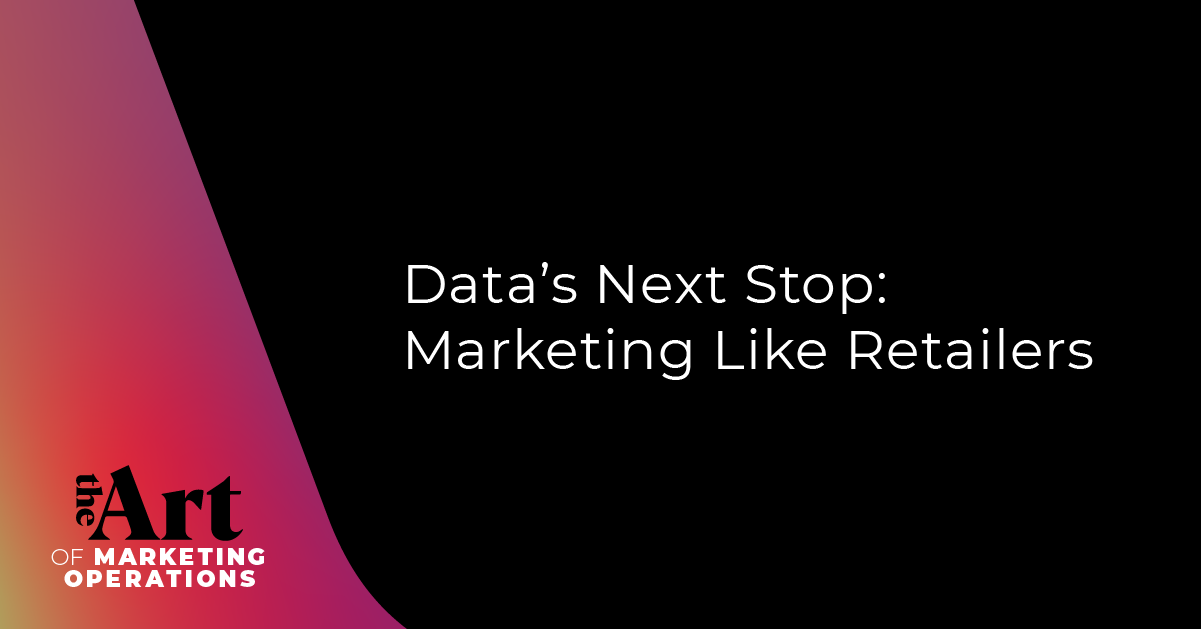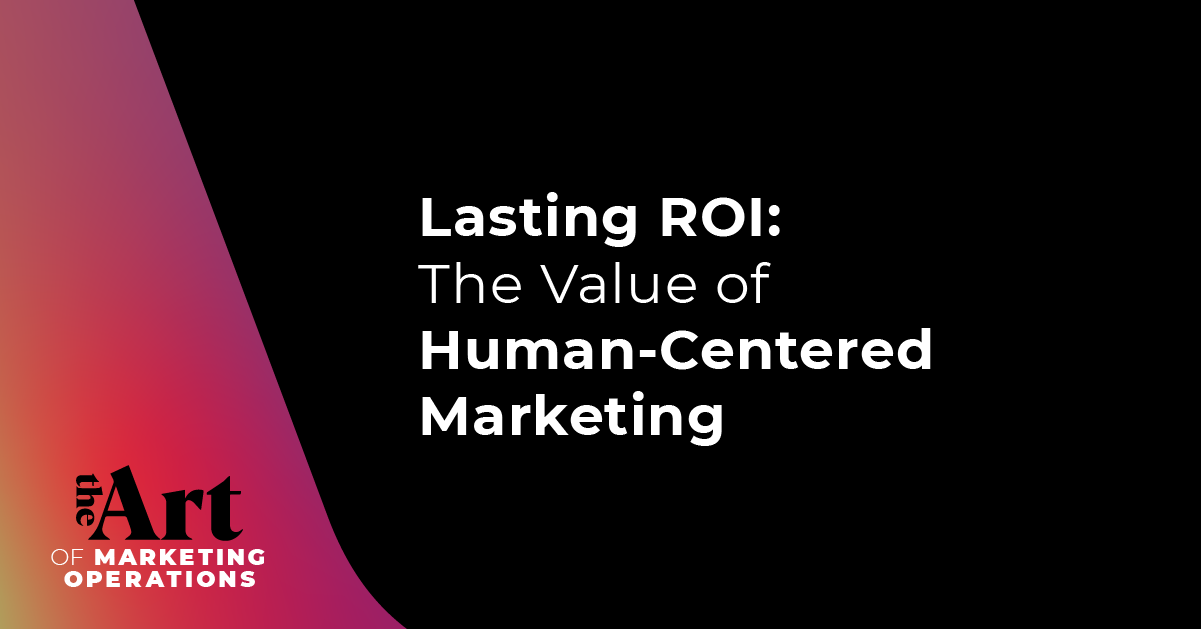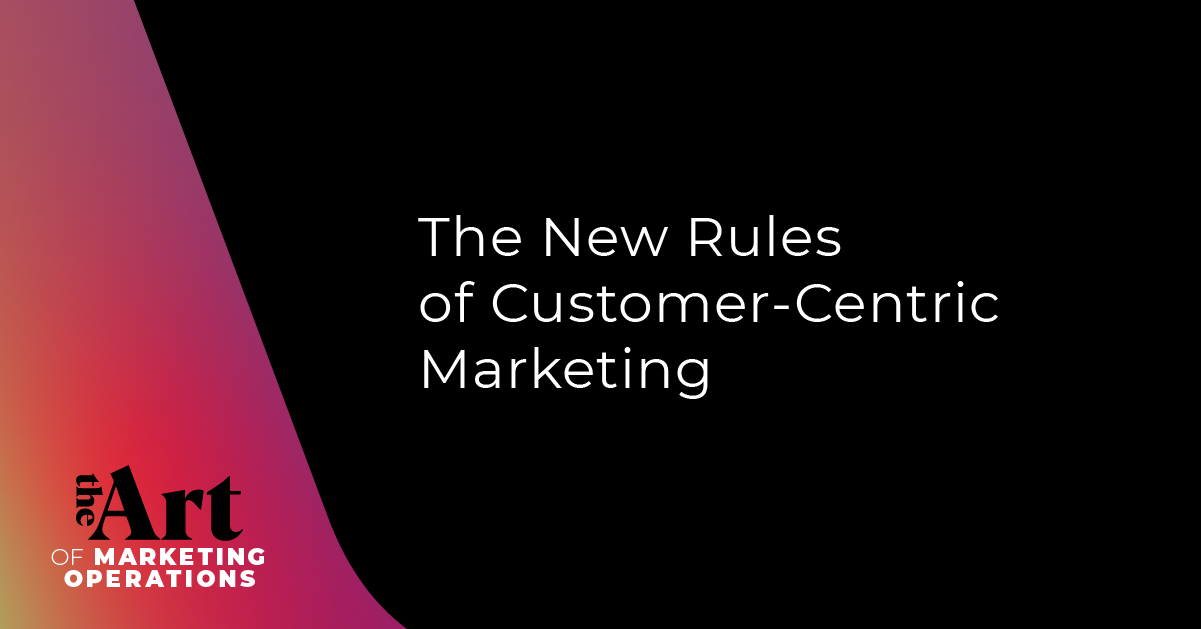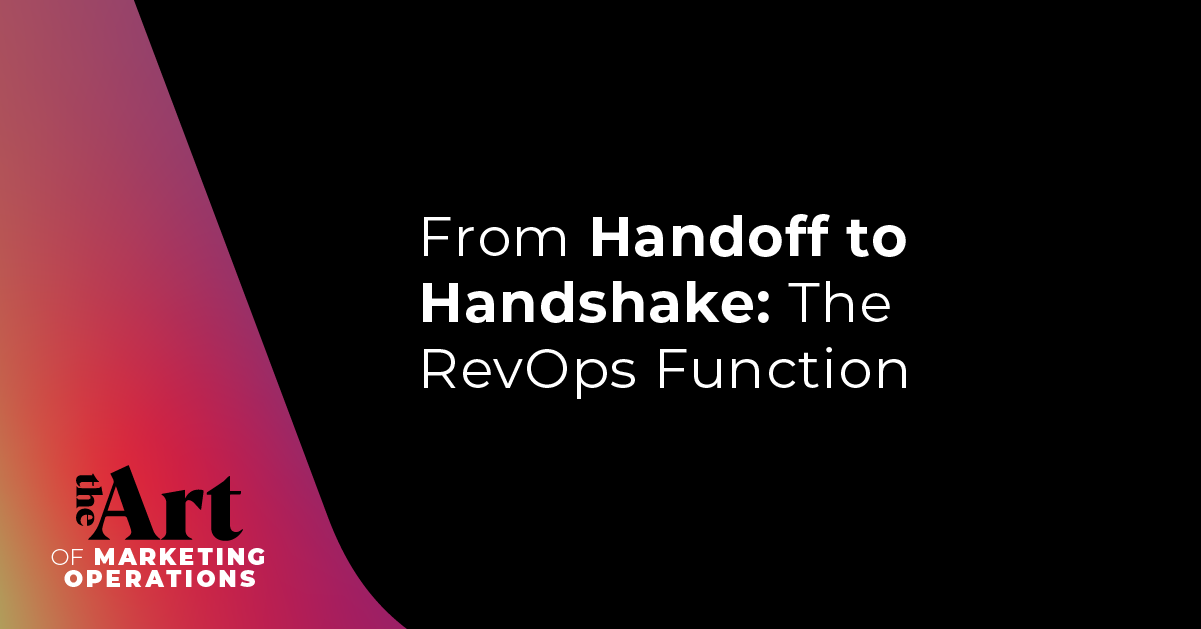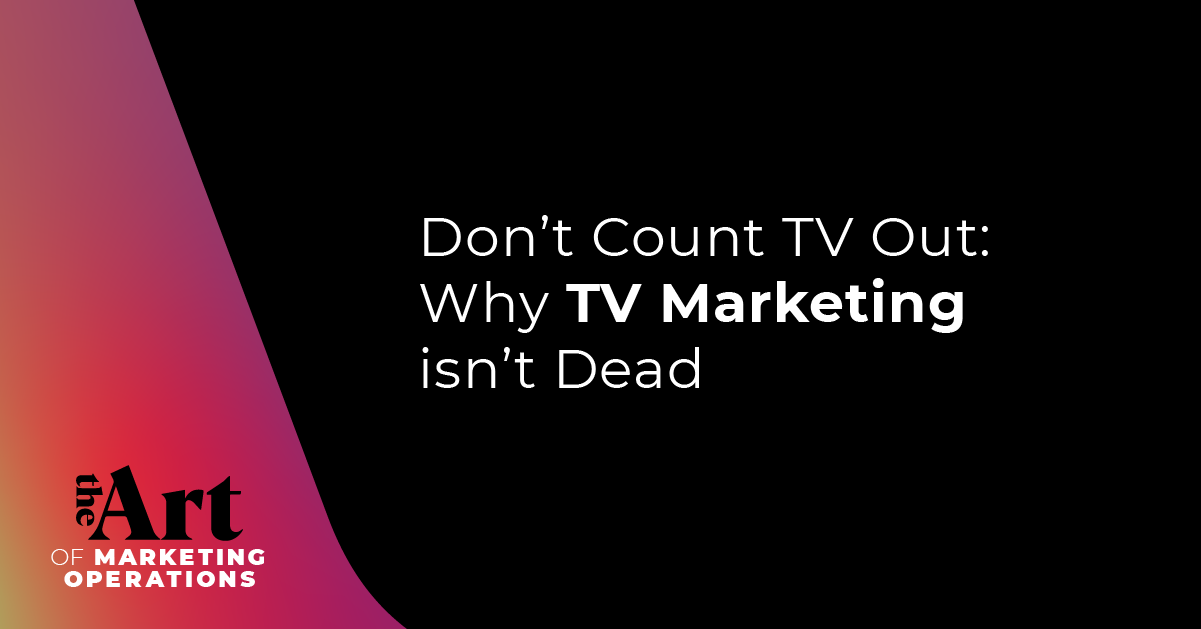What has changed in high-level digital marketing since the worldwide launch of the iPhone?
In such a rapidly evolving industry, sometimes you need to take a step back and reflect on the years past to uncover the insights you need to tackle the changes and challenges of today — and those waiting on the horizon.
Today’s guest, Jeff Campbell, President of aiCommerce, has gathered a wealth of such insights managing global superstar clients like Apple — and seeing other brands rise and fall — over the years. He shares his advice for marketers in the digital commerce space, along with some surprising tips from more traditional platforms.
In this conversation, Jeff explains:
- How to balance branding with direct response and ROI
- The overlap in consumer experience and marketing operations from B2C to B2B
- How offline marketing impacts the digital sphere
Balancing your branding
The way we shop online is changing.
Whether it’s due to a tumultuous supply chain or shifting consumer expectations, digitally-native brands and established brands alike are being presented with new challenges — and opportunities — in e-commerce.
The digital-first brands disrupting the space a few years ago are finding they’re now the ones being disrupted — often by established brands.
No surprise. Established brands know how to scale. They don't just look at Amazon ROI, the way some digital natives do, they also look at branding and direct response.
1. ROI
ROI is simply a measure of total performance across all channels. When factoring ROI, don't look at advertising in silos. Factor in everything.
2. Branding
Branding is one place where offline thinking will creep into digital marketing. In offline media, you want to have — say — the best billboard on the road. In online marketing, maybe you want the most effective SEO. It's not that different when you get right down to it.
3. Direct Response
Don't forget to figure in your sales on a direct response site along with your sales on Amazon when calculating ROI. Just because almost all product searches start on Amazon doesn't mean they all end there.
Smart choices need more than technology
Our industry changes so quickly. We weren't talking about TikTok two years ago, right?
What that means is: Everything is nuanced. Keywords, audiences, interests, bids, budgets — they all need the same thing done a little differently. Working with the same information across a lot of different spaces is one place AI can really help.
You can't expect it to do everything. Many people worry about AI replacing the marketers and becoming the hands on keyboards. That won't happen. AI is an enabler. It enhances our work and allows us to focus on higher value tasks.
Some marketing choices take gut intuition and experience, not just smart technology. You're always going to have to balance people, processes, and technology to make smart decisions in marketing.
“People are really our biggest cost and what makes us successful. Smart people will build the culture with you and for you.” — Jeff Campbell
B2C and B2B Overlap for Marketing Ops
The lines are growing fuzzier between B2C and B2B consumers. Take Amazon as our illustration.
Amazon has a B2B portal. You can create a free account at business.amazon.com to get quantity discounts, price comparisons, and more. As a business, you can promote your profile and use some of the keyword targeting. But it is a little limited in its focus. That's likely to change.
Moving off Amazon, B2B buyers typically use personal emails to log into social media, so it's very difficult to target them on those platforms (outside of using cookies, which we know are going away).
In search, consumers and business purchasers search the same way with the same keywords, so they're very difficult to distinguish there.
“Not every sale is a good sale. Understand your cost of goods sold, your margin, and your breakeven points. That's going to allow marketers to be the most effective with their media dollars in their partner selections.” — Jeff Campbell
What about LinkedIn, though?
It certainly remains the best place to target titles or find people in certain companies, but the cost-per-click is very high — triple some other platforms. There's a reason for that — the long B2B sales cycle. Measuring success or ROI becomes very difficult when you're working with that reality.
Still, LinkedIn is probably your best targeting option in the world of B2B sales and marketing. But more options are coming soon (see Amazon!).
Offline marketing impacts the digital sphere
Online or offline, when you are looking at the variable cost, the marketing dollars, and the promotions, make sure you understand what variable contribution margin is and stay margin positive. It's up to you as the seller how high you want to go.
“But the disruptors are becoming disrupted. Many of the established brands were late to the game. They've now adopted these direct-to-consumer practices. And they're actually representing more of the growth in the category than the digitally native brands." — Jeff Campbell
New formulas in digital marketing
Ad sales + organic sales / ad cost = ROI
Ad sales plus organic sales divided by ad cost — that's what marketers need to be looking at in the world of Amazon. It works inversely, too — if you cut your budget by 50%, you will see organic rankings go down as well. Kind of crazy, right?
Think about it, though. If you're Amazon, you want somebody that's going to take advantage of all your different ad platforms, programs, and ad types. You want them to jump in for your promotions and connect with you in different ways on social media. You want your target customer or client to feel like they're getting a better customer experience.
If you give them that experience, they will reward you.



